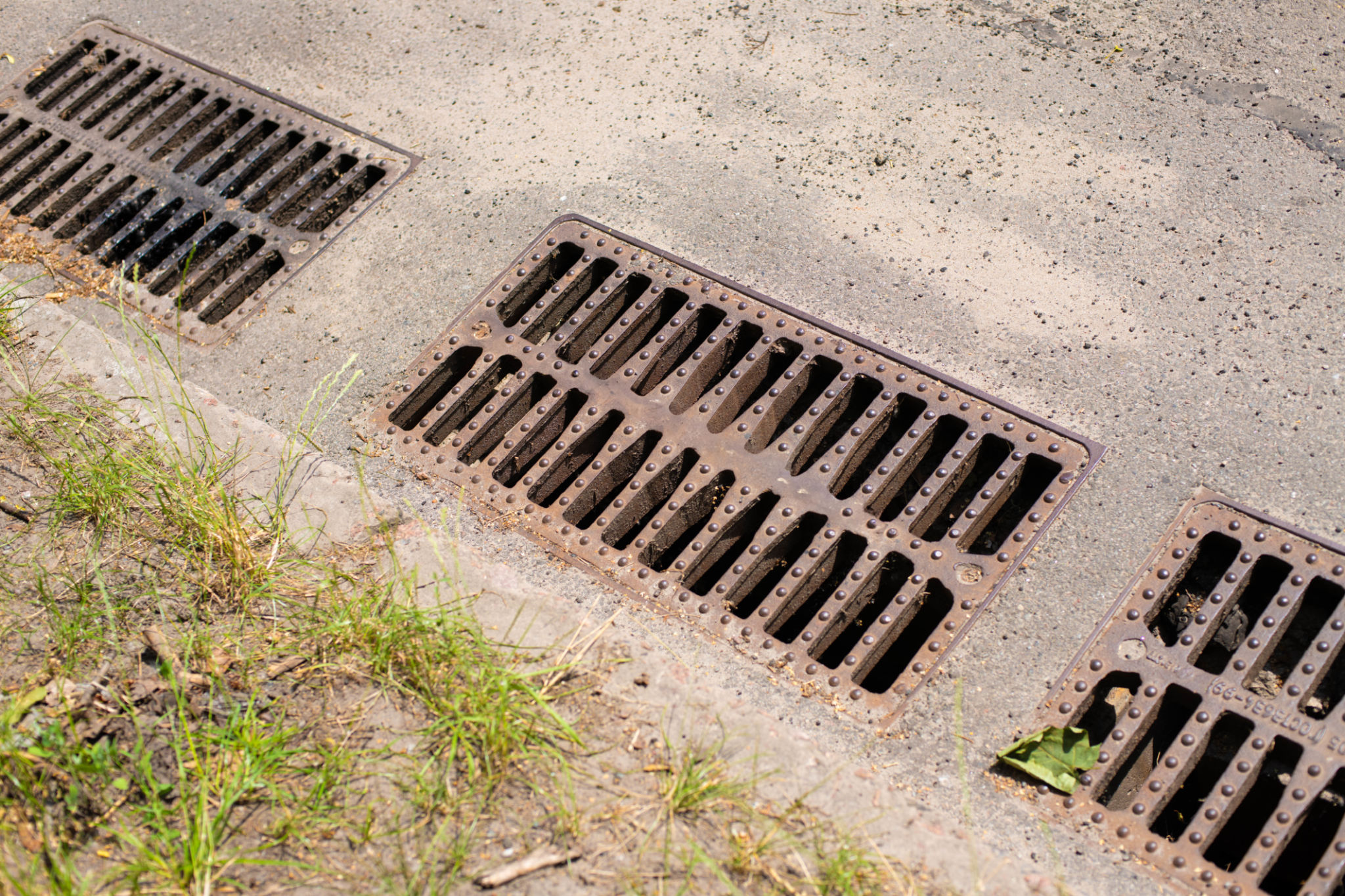The Bio-Swale Micro-Grant Process: A Step-by-Step Guide for Homeowners
Understanding Bio-Swales
Bio-swales are a sustainable landscaping feature designed to capture and filter stormwater runoff using vegetation and soil. They help reduce water pollution, prevent flooding, and enhance the aesthetic appeal of residential properties. Installing a bio-swale can be a significant investment, but many homeowners can benefit from micro-grants that support environmentally friendly projects.

Introduction to the Micro-Grant Process
Micro-grants are small funding opportunities aimed at encouraging homeowners to incorporate eco-friendly solutions into their properties. Navigating this process can seem daunting at first, but breaking it down into manageable steps makes it more accessible. Below, we provide a comprehensive guide to help homeowners understand and apply for bio-swale micro-grants.
Research and Eligibility
The first step in the micro-grant process is determining eligibility. Research local government programs or environmental organizations that offer grants for bio-swales. Each program will have specific eligibility criteria, such as location, property size, or project scope. Ensure you meet these requirements before proceeding with your application.

Preparing Your Application
Once you confirm eligibility, it's time to prepare your application. This typically involves providing detailed information about your proposed bio-swale project. Include aspects such as design plans, budget estimates, and expected environmental benefits. Some programs may require additional documentation, like property surveys or letters of support from local community groups.
Submitting the Application
Submitting a complete and well-organized application increases your chances of receiving a micro-grant. Pay close attention to the submission guidelines provided by the grant program. Double-check all forms and documents for accuracy and completeness before sending them off. Many programs now accept digital submissions, making it more convenient for applicants.

Awaiting Approval
After submission, there’s often a waiting period while applications are reviewed. This can take several weeks to several months, depending on the program's funding cycle. During this time, stay informed by checking for updates from the grant provider and be prepared to provide additional information if requested.
Implementing Your Bio-Swale Project
If your application is approved, congratulations! You'll receive the micro-grant funds to begin your project. Work with professionals or follow detailed guides to ensure proper installation of your bio-swale. Remember that the goal is to maximize environmental benefits while enhancing your property’s landscape.

Reporting and Maintenance
After completing your bio-swale, some grant programs may require a final report detailing how the funds were used and the project's impact. Document your progress with photos and measurements of improved water management. Regular maintenance is essential to keep your bio-swale functioning effectively, so schedule periodic inspections and cleanings.
By following these steps, homeowners can successfully navigate the bio-swale micro-grant process, contributing to a more sustainable environment while enhancing their property. With the right planning and execution, a bio-swale can be a valuable addition to any home landscape.